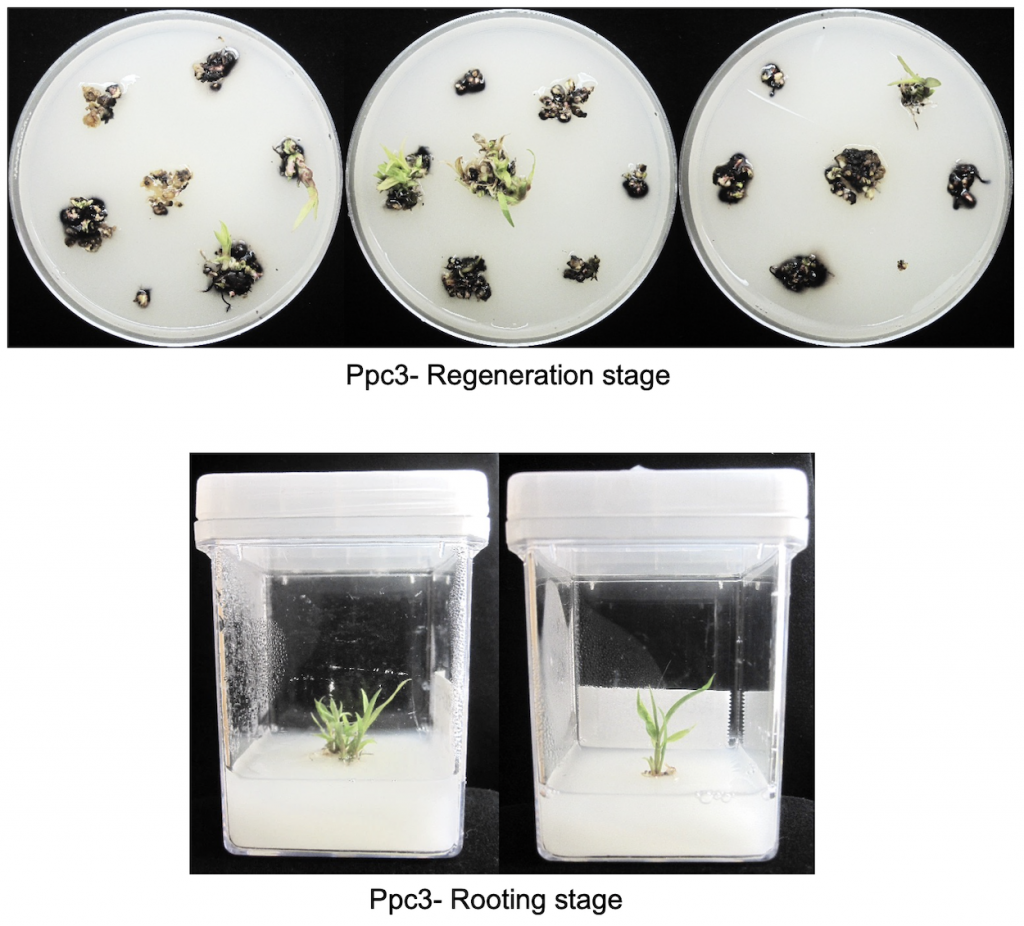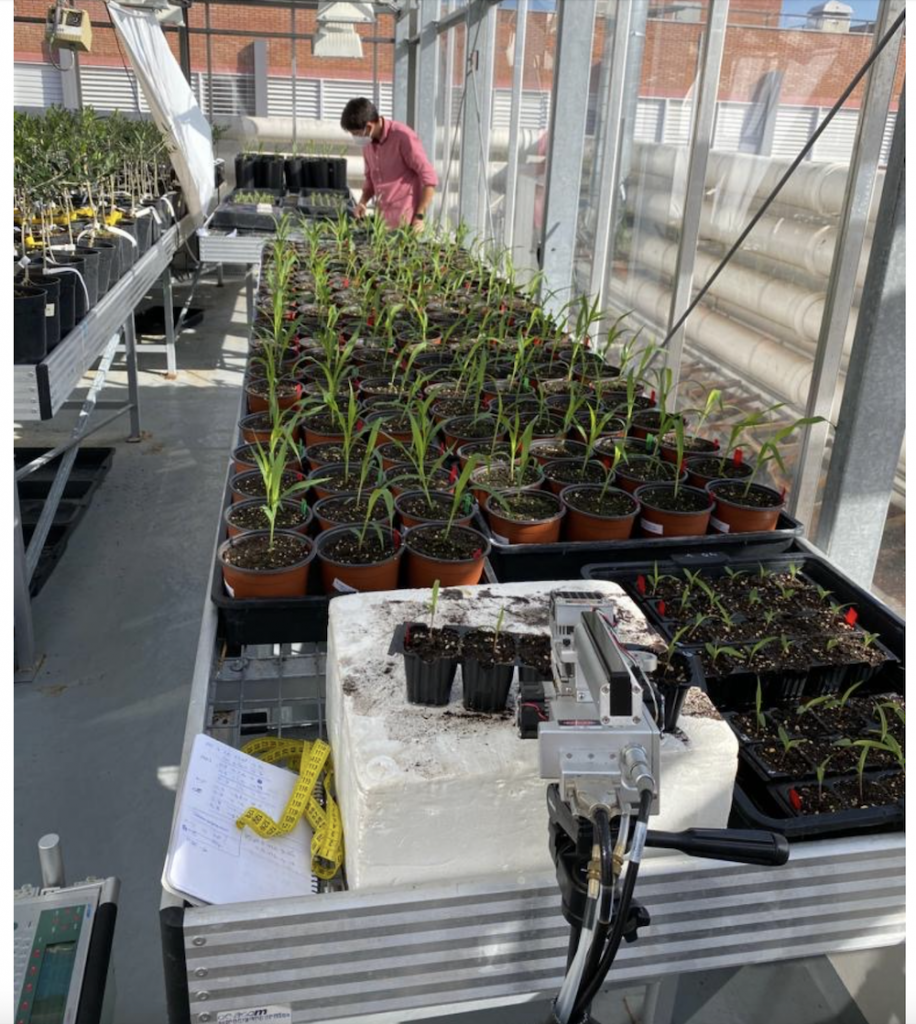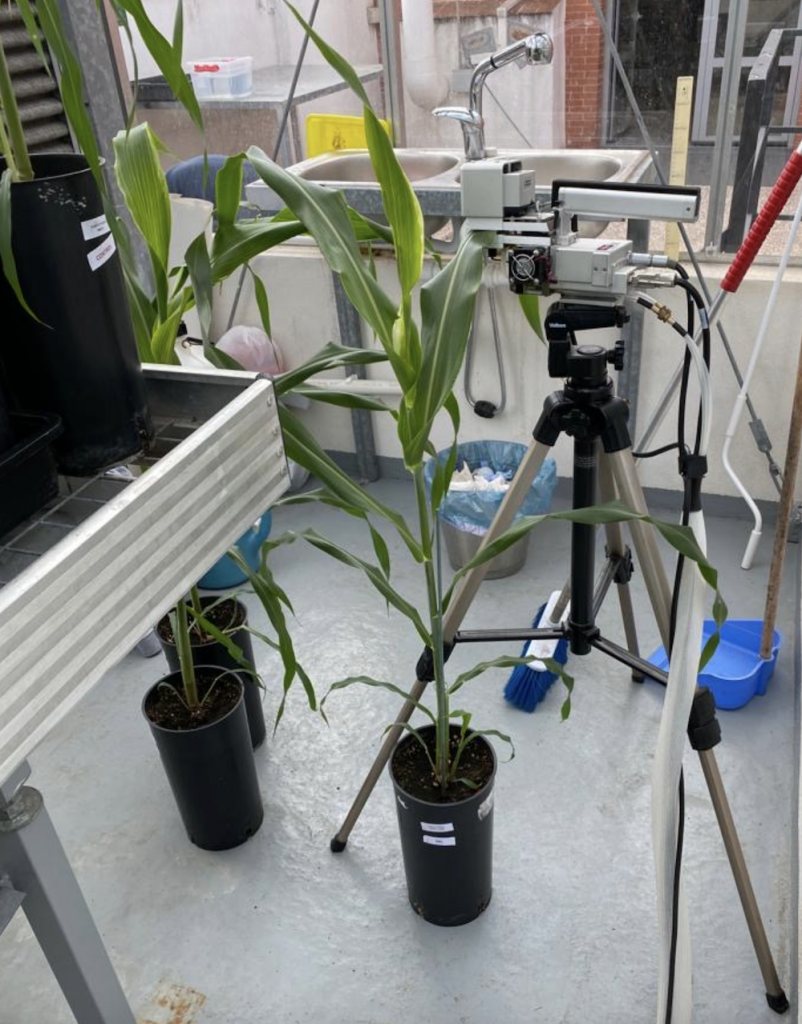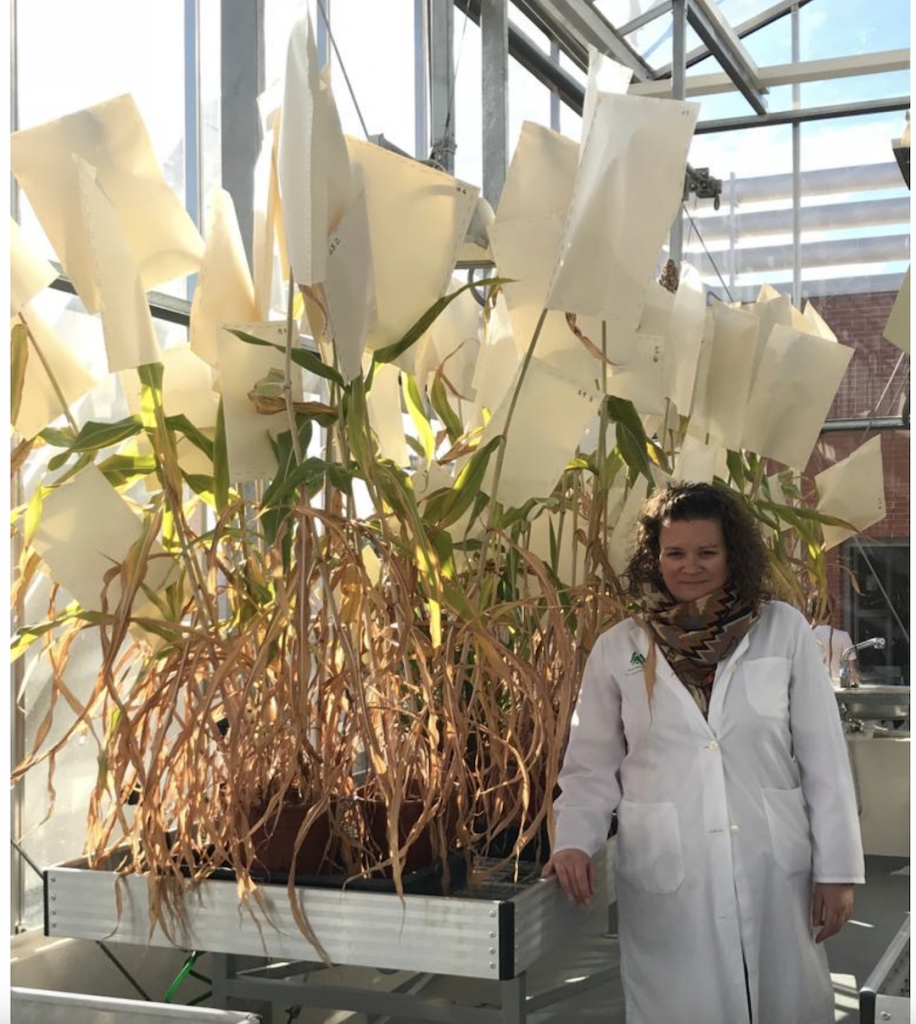Silencing Gene in Sorghum Plants Significantly Impacts Central Metabolism and Stress Response
Sorghum (Sorghum bicolor) is used as a source of food for humans and livestock, and in biofuels and renewable industrial materials. In fact, for 500,000 people in parts of the developing world, predominantly in Asia and Africa, sorghum is a staple food. It is also abiotic stress resistant and photosynthetically efficient. Phosphoenolpyruvate carboxylase (PEPC), an important enzyme in plant metabolism, has been mostly studied in terms of its involvement in photosynthesis. Non-photosynthetic PEPC isozymes are less understood and studying their role in stress management in sorghum could help produce cultivars with greater growth and productivity, which is of interest to growers, breeders and scientists.
In an effort to to research non-photosynthetic PEPC isozymes, Osa and colleagues in Spain at the Universidad de Sevilla, the Basque Foundation for Science, and the Universidad del País Vasco studied SbPPC3, the gene for PPC3, an isozyme that is found in great quantities in the seeds and roots sorghum plants and induced in response to ammonia stress. The scientists produced sorghum lines where SbPPC3 was “knocked down” or silenced through RNA interference. These Ppc3 lines, in both control and salt stress conditions, had reduced stomatal conductance. Despite this, the net photosynthetic rate was not greatly affected, likely due to the fact that C4 plants are not as dependent on carbon fixation using CO2 taken in through the stomata. Plant growth and productivity were also reduced in the Ppc3 lines under both conditions; flowering was delayed and fewer seeds were produced per plant.
PEPC is an important enzyme for central metabolism in plants. Therefore it was not surprising that silencing SbPPC3 in leaves resulted in decreased accumulation of organic acid anions. The results in roots were more nuanced; most amino acid concentrations were increased except for Lys and Asp, particularly Pro, Asn, or Gln, organic acid anions (especially malate and citrate) were increased, and citrate synthase (CS) activity increased. Additionally, sucrose and lactate accumulated in the roots indicating that the partial block of glycolysis had activated fermentation. It is noteworthy that Asn, citrate and sucrose accumulation, usually a stress indicator in plants, occurred even when the Ppc3 plants were not stressed. However, salt stress did affect stomatal conductance, yield and central metabolism more in Ppc3 plants when compared with plants without the gene silenced. The roots in these plants showed higher nitrate reductase (NR) and NADH-GOGAT activity, indicating a deep effect on the plant’s central metabolism. Earlier research showed that, under salt stress conditions, the model plant Arabidopsis thaliana showed an increase in PPC3 transcripts and PEPC activity and immunoreactive PEPC polypeptides in their roots but not in their leaves (González et al, 2003; Doubnerová & Ryšlavá, 2011; O’Leary et al, 2011; Feria et al, 2016).
The results of the research show the importance of the SbPPC3 for plant metabolism and stress response. Although predominantly a root protein, when PPC3 is silenced, plant physiology and metabolism in both roots and leaves are deeply affected.
Authors are currently carrying out analysis of sorghum responses to other abiotic stresses affecting primarily roots taking advantage of the Ppc3 plants available, e.g., phosphate starvation, iron deficiency, cadmium or aluminum toxicity, drought, or nitrogen stress in the form of excess ammonia.
SorghumBase examples


References
de la Osa C, Pérez-López J, Feria AB, Baena G, Marino D, Coleto I, Pérez-Montaño F, Gandullo J, Echevarría C, García-Mauriño S, Monreal JA. Knock-down of phosphoenolpyruvate carboxylase 3 negatively impacts growth, productivity, and responses to salt stress in sorghum (Sorghum bicolor L.). Plant J. 2022 Apr 30. PMID: 35488514. DOI: 10.1111/tpj.15789. Read more
Doubnerová V, Ryšlavá H. What can enzymes of C₄ photosynthesis do for C₃ plants under stress? Plant Sci. 2011 Apr;180(4):575-83. PMID: 21421406. DOI: 10.1016/j.plantsci.2010.12.005. Read more
Feria AB, Bosch N, Sánchez A, Nieto-Ingelmo AI, de la Osa C, Echevarría C, García-Mauriño S, Monreal JA. Phosphoenolpyruvate carboxylase (PEPC) and PEPC-kinase (PEPC-k) isoenzymes in Arabidopsis thaliana: role in control and abiotic stress conditions. Planta. 2016 Oct;244(4):901-13. PMID: 27306451. DOI: 10.1007/s00425-016-2556-9. Read more
González MC, Sánchez R, Cejudo FJ. Abiotic stresses affecting water balance induce phosphoenolpyruvate carboxylase expression in roots of wheat seedlings. Planta. 2003 Apr;216(6):985-92. PMID: 12687366. DOI: 10.1007/s00425-002-0951-x. Read more
O’Leary B, Park J, Plaxton WC. The remarkable diversity of plant PEPC (phosphoenolpyruvate carboxylase): recent insights into the physiological functions and post-translational controls of non-photosynthetic PEPCs. Biochem J. 2011 May 15;436(1):15-34. PMID: 21524275. DOI: 10.1042/BJ20110078. Read more
Related Project Websites:
Universidad de Sevilla: https://investigacion.us.es/sisius/sis_showpub.php?idpers=7486





